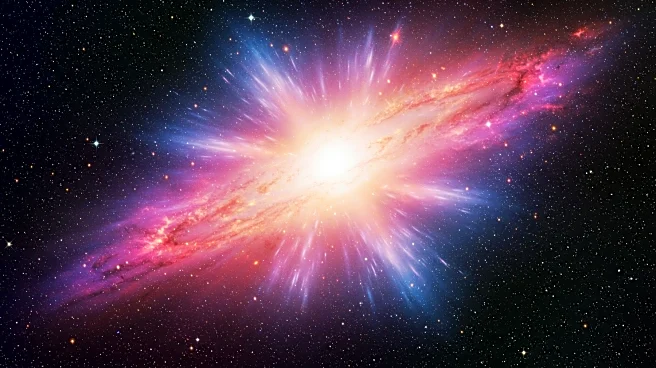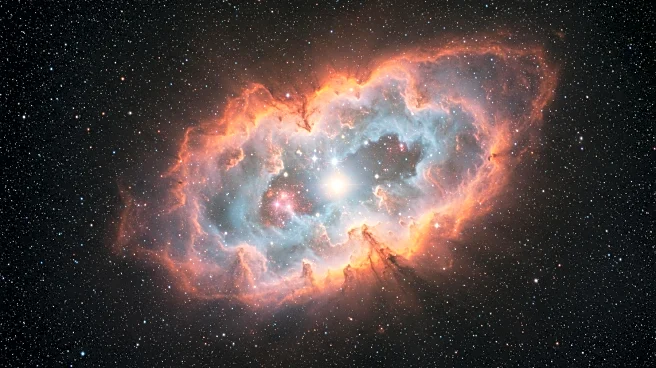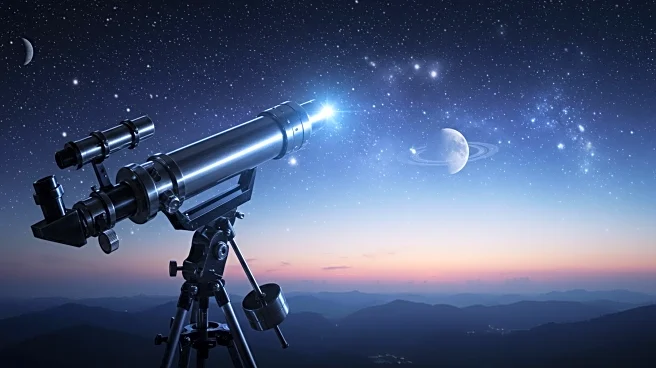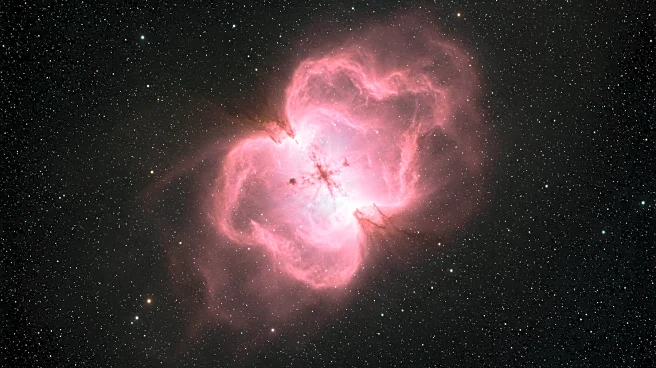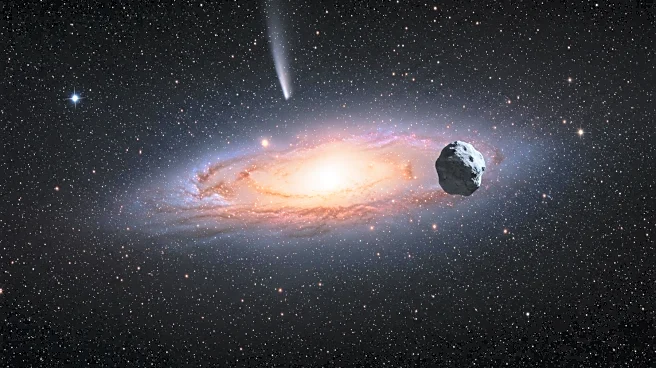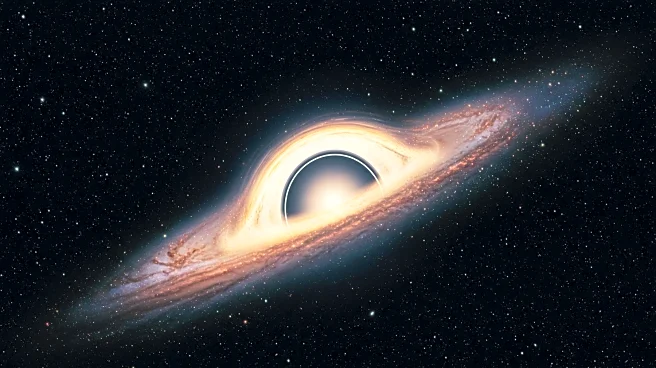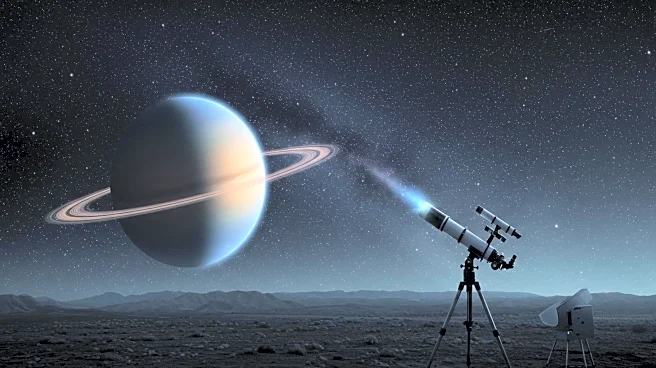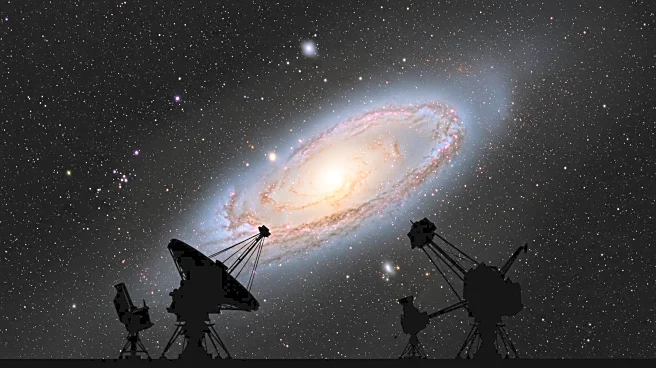What's Happening?
An international team of astronomers has identified the origin of one of the brightest fast radio bursts (FRBs) ever detected, named FRB 20250316A or RBFLOAT. Using the Canadian Hydrogen Intensity Mapping Experiment (CHIME) and data from NASA's JWST, researchers located the FRB within a spiral arm of the nearby galaxy NGC 4141. The discovery was facilitated by CHIME's telescopes, including an outrigger at the U.S. National Science Foundation Green Bank Observatory, which enabled precise triangulation of the FRB's position.
Why It's Important?
This discovery provides significant insights into the nature and origins of FRBs, which are among the most mysterious phenomena in astrophysics. Understanding the location and characteristics of FRBs can help researchers unravel the extreme cosmic events that produce these powerful radio waves. The ability to pinpoint FRBs with high precision opens new avenues for studying their sources and potentially linking them to specific astrophysical processes or objects.
What's Next?
Further research will likely focus on analyzing the host galaxy NGC 4141 and the specific conditions that led to the FRB. Astronomers may use this information to refine models of FRB generation and explore connections to other cosmic phenomena. The collaboration between international observatories and the use of advanced instruments like CHIME and JWST will continue to play a crucial role in advancing FRB research.
Beyond the Headlines
The study of FRBs contributes to broader astrophysical research, including the understanding of galaxy formation and evolution. The precise localization of FRBs can also aid in mapping the distribution of matter in the universe, offering insights into cosmic structures and dynamics.


